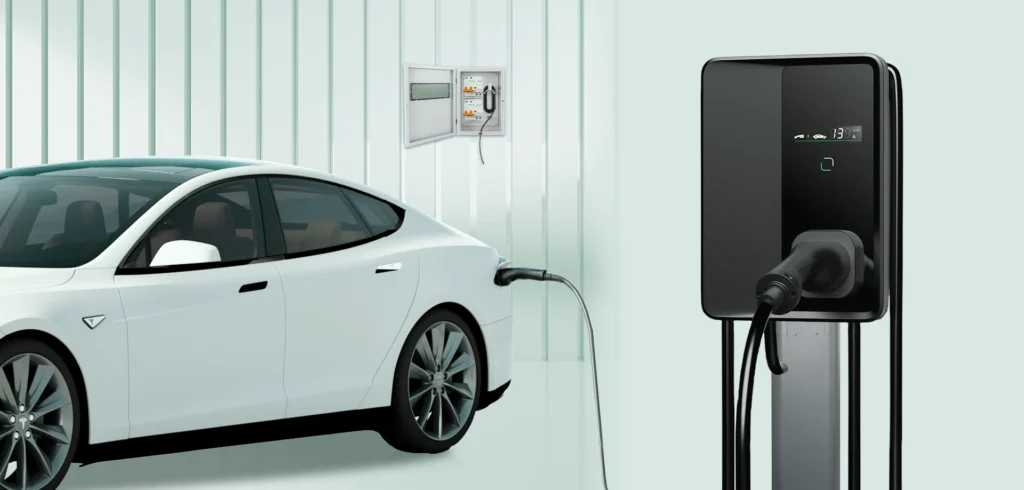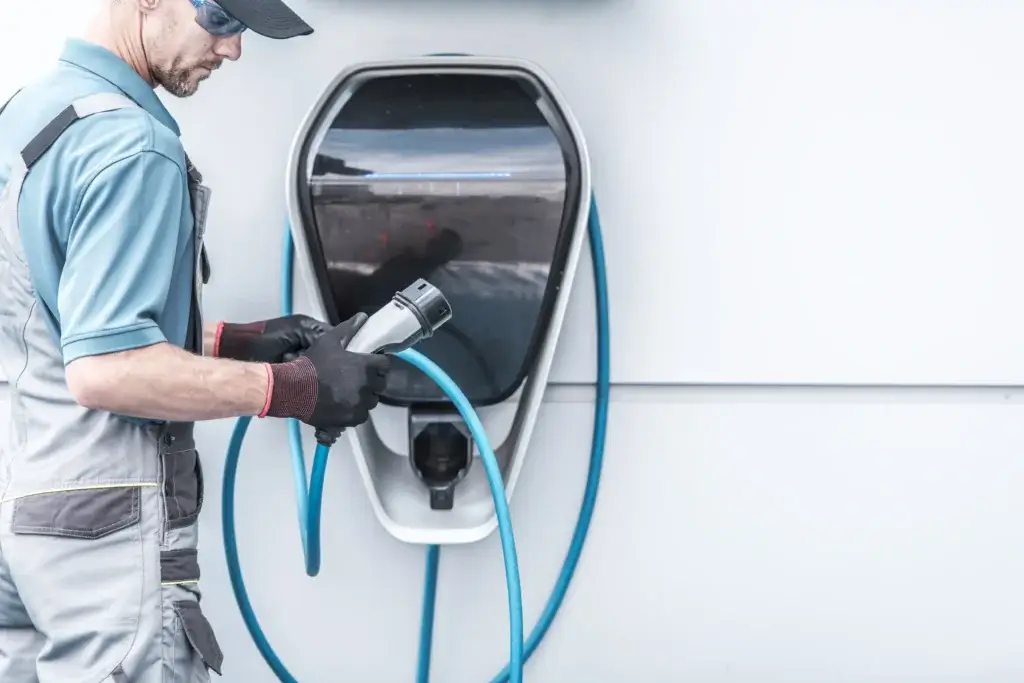Electric vehicles (EVs) are no longer a fringe innovation—they’re mainstream. With millions of new EVs hitting the roads in 2024 and 2025, one of the most common questions from new owners is surprisingly simple: “Why doesn’t my EV charging cable work with every charger I find?”
The answer lies in the complex and fragmented nature of EV charging standards, connector types, and cable designs. Not all EVs and not all public chargers are made equal—and your EV charger cable plays a critical role in whether or not you can juice up when you need to.
Let’s break down why compatibility isn’t guaranteed and what EV drivers can do to avoid getting stranded.

The EV Charging Ecosystem Is Fragmented
Unlike traditional gas stations that all work with the same fuel nozzle, the EV world includes a variety of plug types and charging standards. This fragmentation stems from multiple manufacturers entering the market at different times and regions, each pushing their own standards.
The most common charging connectors globally include:
- Type 1 (SAE J1772) – Mainly used in North America and some parts of Asia for AC charging.
- Type 2 (Mennekes) – Standard in Europe and used for both AC and DC charging.
- CCS (Combined Charging System) – A fast-charging standard with CCS1 (North America) and CCS2 (Europe).
- CHAdeMO – A Japanese standard used by early EV models like the Nissan Leaf.
- Tesla NACS (North American Charging Standard) – Tesla’s proprietary connector, now being opened to other manufacturers.
With such a wide range of connectors, a single electric car charging cable can’t physically fit every port—and many public chargers are built to support only specific standards.
Your Cable Depends on Your EV’s Port
Every EV has a charging inlet, and this determines what kind of cable or charger it can connect to. For example:
- A Tesla in the U.S. uses the NACS port, meaning it needs a Tesla cable—or an adapter to use CCS chargers.
- A BMW i4 uses a Type 2 connector for regular AC charging via a Type 2 to Type 2 EV charging cable, and CCS2 for high-speed DC charging.
- A Chevrolet Bolt in North America uses J1772 for AC and CCS1 for DC.
If your EV charging cable is a Type 1-to-Type 2 and you find a charger with a CCS2 port, you’re out of luck unless your car and cable are compatible or you use an adapter.
Tethered vs Untethered Chargers: A Key Difference
When you pull up to a charging station, the charger will either have a cable attached (tethered) or just a socket for you to plug in your own (untethered).
- Tethered chargers: You must use the EV charging cable that comes with the station. If it’s a Tesla-only Supercharger, and you’re driving a Hyundai, you may need an adapter.
- Untethered chargers: You bring your own EV charging cable, but it must match the charger socket and your vehicle’s inlet.
So even if your EV charging cable fits your vehicle, it might not work at every station if the charger expects a different connector.

AC vs DC EV Charging Cable Makes a Difference
Not all EV charging cables are designed for all power levels.
- AC Charging (Level 1 & 2): Slower, home or public charging using standard Type 1 or Type 2 cables.
- DC Fast Charging (Level 3): Much faster, requires heavier cables built for high-voltage delivery.
Most portable EV charging cables provided with your vehicle are designed for AC only. You can’t use them at a DC fast charger, as those stations use permanently attached, high-power cables.
Tesla Superchargers Are a Special Case
Tesla’s Supercharger network is extensive and reliable, but historically exclusive to Tesla drivers. That’s changing.
As of 2025, Tesla has opened many of its Superchargers to non-Tesla EVs, but there’s a catch: you need a compatible adapter or an EV with built-in NACS support.
For instance:
- If you drive a Ford Mustang Mach-E with a CCS1 inlet, you need a CCS-to-NACS adapter to use a Tesla charger.
- European Teslas, which use Type 2 or CCS2, won’t work on North American NACS stations without the right adapter.
So even with a quality EV charging cable, without the proper adapter, some stations remain off-limits.

How to Ensure Compatibility When Charging
To avoid frustration and delays, here are a few tips:
- Know your EV’s charging port (e.g., Type 1, Type 2, CCS, CHAdeMO, or NACS).
- Carry the right EV charging cable for your vehicle and region.
- Invest in adapters that bridge common gaps (e.g., CCS to Tesla, Type 1 to Type 2).
- Use apps or google to find compatible chargers.
- Check the station type (tethered or untethered) before arriving.
Conclusion
Your EV charging experience is only as smooth as your level of preparation. In 2025, EV infrastructure is expanding rapidly, but the patchwork of connector types and charging levels remains.
Understanding your EV charging cable—what it supports, where it works, and how it connects—is critical to hassle-free driving. As the market inches toward standardization, EV drivers who equip themselves with the right cables and adapters will enjoy more freedom, faster charging, and fewer surprises.
Because in the EV world, compatibility isn’t guaranteed—but with the right tools, it’s absolutely manageable.


